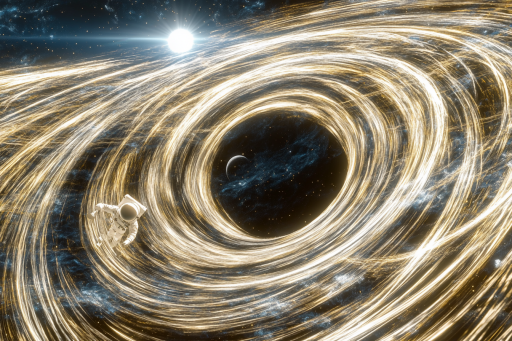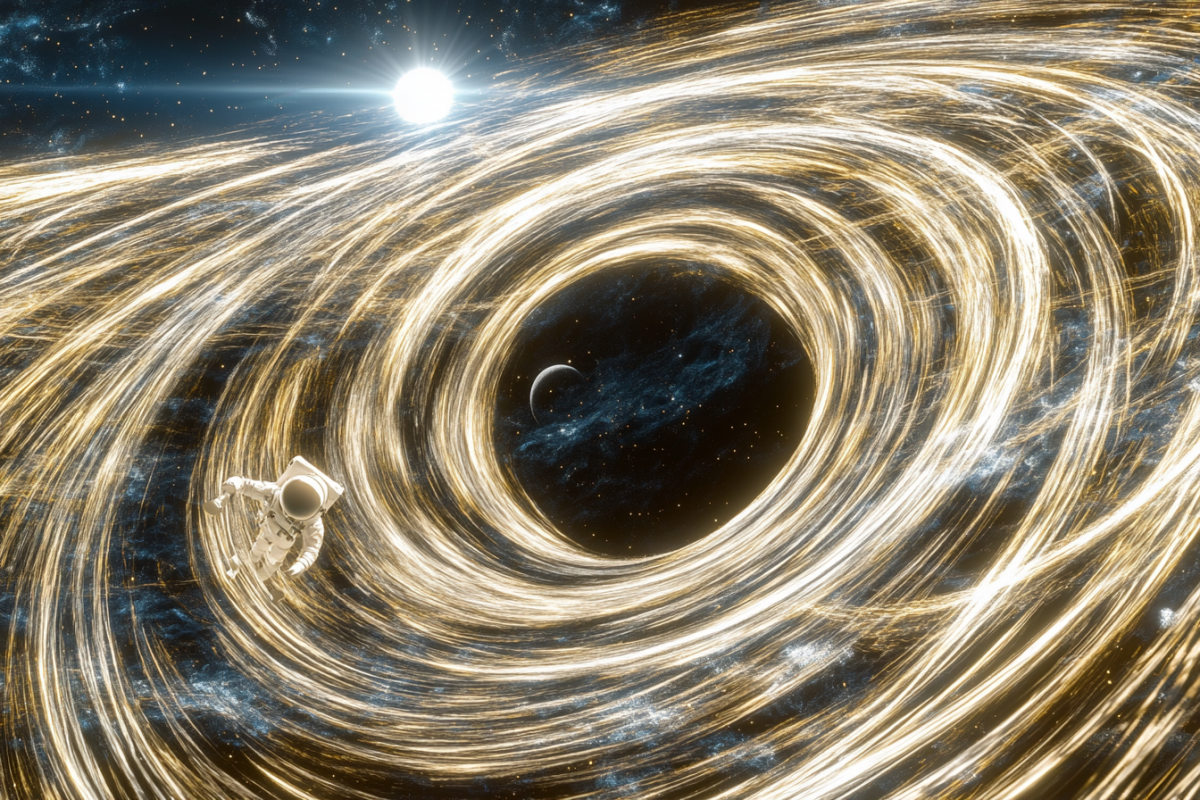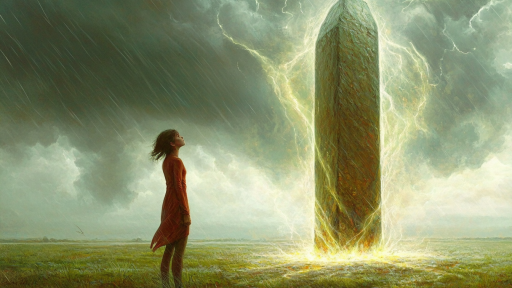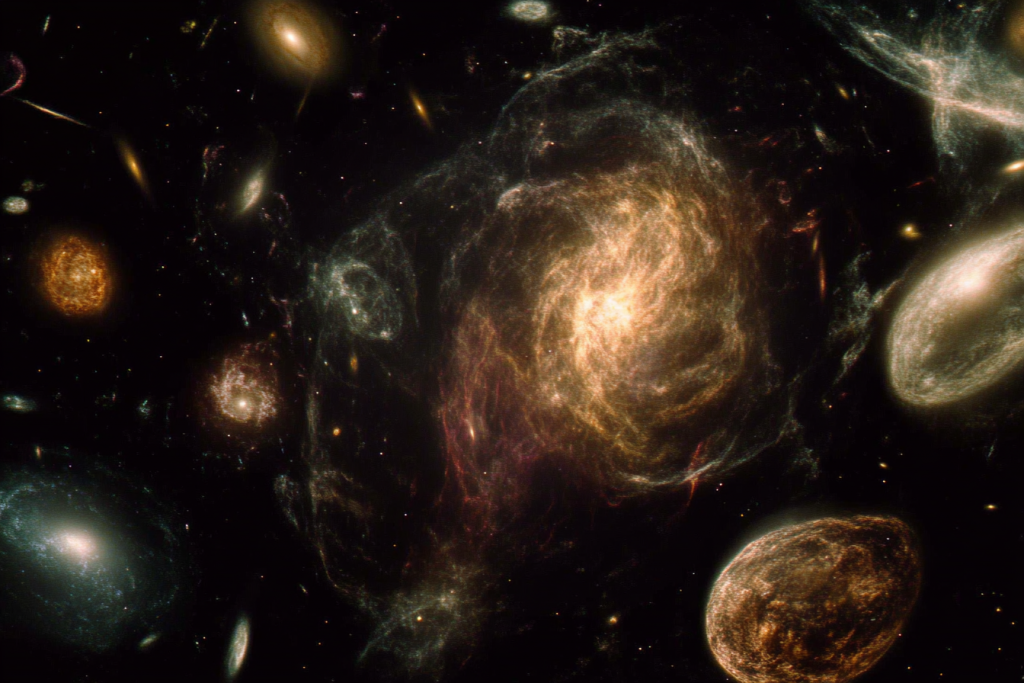
Space is vast, mysterious, and constantly rewriting the rules we thought we understood. Just when scientists believe they’ve grasped the workings of the cosmos, strange and unexplainable events remind us how little we truly know. From bizarre signals to seemingly impossible objects, these discoveries challenge not only physics but our perception of reality itself. Brace yourself for a mind-bending journey through the strangest corners of the universe.
The Star That Blinks Like No Other

KIC 8462852, often dubbed “Tabby’s Star,” has baffled astronomers with its erratic dimming patterns that don’t fit any known celestial behavior. Unlike other stars that dim due to predictable transits, Tabby’s Star dims dramatically and without warning, leading some to speculate about alien megastructures. While natural explanations like dust clouds have been suggested, nothing fully accounts for the irregularity. It’s a mystery that continues to defy scientific models.
The Cold Spot in the Cosmic Microwave Background

Deep in the afterglow of the Big Bang lies a puzzling anomaly—a vast region of space significantly colder than the surrounding universe. Known as the Cold Spot, it shouldn’t exist according to current cosmological theories. Some propose it’s a supervoid, while others entertain multiverse theories, suggesting it’s a scar from a collision with another universe. Either way, it’s a cosmic riddle that challenges our understanding of the universe’s birth.
Galaxies Without Dark Matter

Dark matter is believed to make up most of the universe’s mass, so the discovery of galaxies seemingly devoid of it has left scientists stunned. These galaxies behave in ways that shouldn’t be possible without the gravitational influence of dark matter. The finding forces researchers to reconsider how galaxies form—or question if dark matter exists as we think it does. Are these cosmic outliers rewriting the rules of gravity?
Rogue Planets Drifting in Space

Not all planets orbit stars—some wander the galaxy alone. These rogue planets drift in the darkness, unbound by the gravitational pull of any sun. Scientists aren’t sure how they form or why there seem to be so many of them. Their existence raises questions about the stability of planetary systems and whether life could emerge in these isolated worlds.
The Unstoppable Fast Radio Bursts

Fast Radio Bursts (FRBs) are intense blasts of radio waves that originate from deep space and last only milliseconds. Some are one-off events, while others repeat mysteriously from the same spot in the sky. Their origins remain unclear, with theories ranging from neutron stars to alien technology. The sheer power and distance of these bursts defy explanation, and they continue to puzzle astronomers worldwide.
Black Holes That Shouldn’t Exist

Some black holes are simply too massive to have formed the way current models suggest. In particular, a few stellar black holes appear to defy the known limits of stellar collapse. They’ve been found in unexpected places and grow at rates that break theoretical predictions. These cosmic behemoths hint at unknown mechanisms—or entirely new physics.
The Star That Refuses to Die
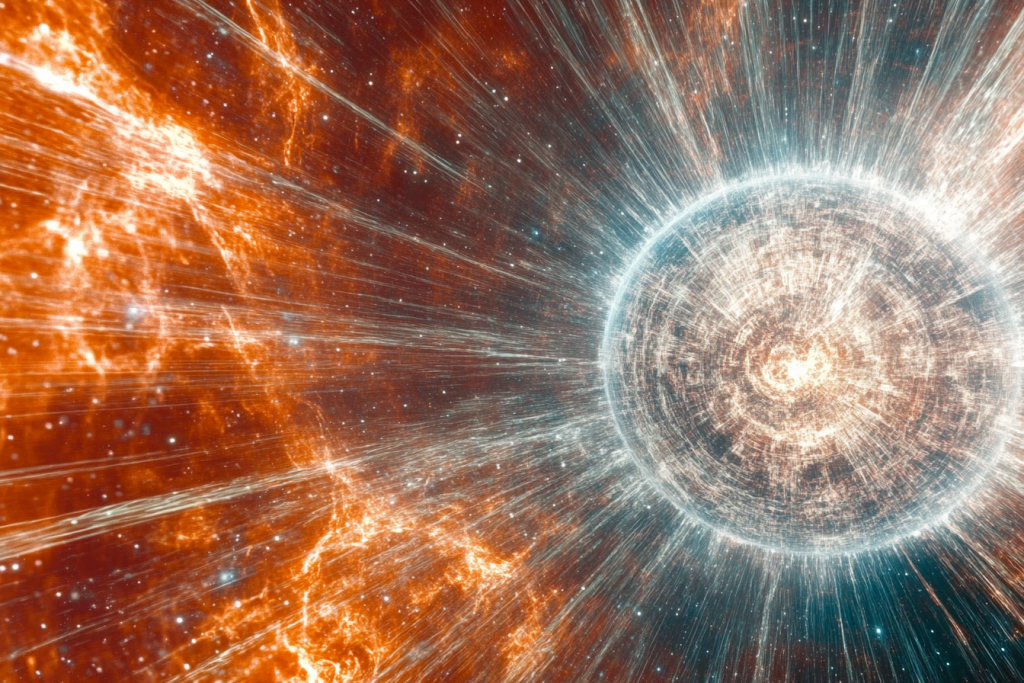
Supernova iPTF14hls exploded—and then kept exploding, again and again, over a span of years. Unlike any other known supernova, which usually fades after a single blast, this star erupted multiple times as if stuck in a cycle of death and rebirth. Astronomers were stunned, and theories include exotic matter or failed black hole formation. It remains one of the most bizarre stellar events ever recorded.
The Galactic Center’s Bursts of Energy

At the center of our Milky Way, the supermassive black hole Sagittarius A* occasionally emits unexplained bursts of energy. These outbursts are far more intense than anything predicted and may point to interactions with mysterious matter—or something stranger. They illuminate the surrounding region with brilliant flares, hinting at chaotic processes we don’t yet understand. What is waking the sleeping giant at the heart of our galaxy?
The Expanding Universe That’s Expanding Too Fast

The universe is growing—but it’s speeding up more than expected. Different measurements of the Hubble Constant, the rate of cosmic expansion, yield conflicting results. This “Hubble Tension” has become one of the biggest unsolved problems in cosmology. If scientists can’t reconcile the data, it may point to new physics beyond the Standard Model—or a fundamental misunderstanding of time, space, and gravity.
What the Cosmos Might Be Hiding

Every discovery opens another door to deeper questions—suggesting the universe is far stranger and more complex than we ever imagined. These phenomena not only challenge existing science, they hint that we’re just scratching the surface of what lies beyond. Perhaps our tools, our theories, and even our imagination aren’t yet advanced enough to grasp the full truth. The cosmos keeps its secrets well—but one day, it may reveal what it’s been hiding all along.

